Paper Manipulation Workshop
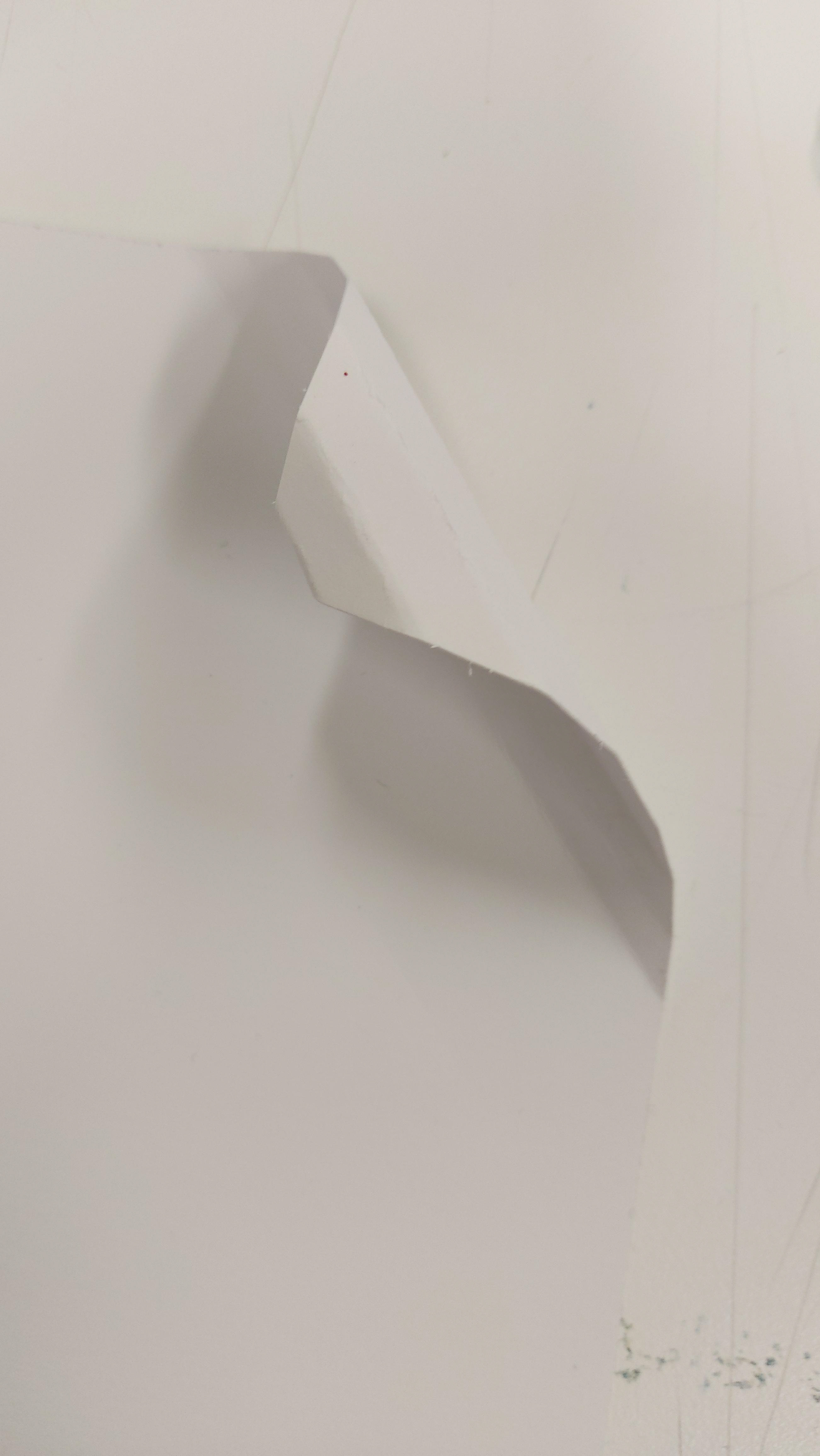


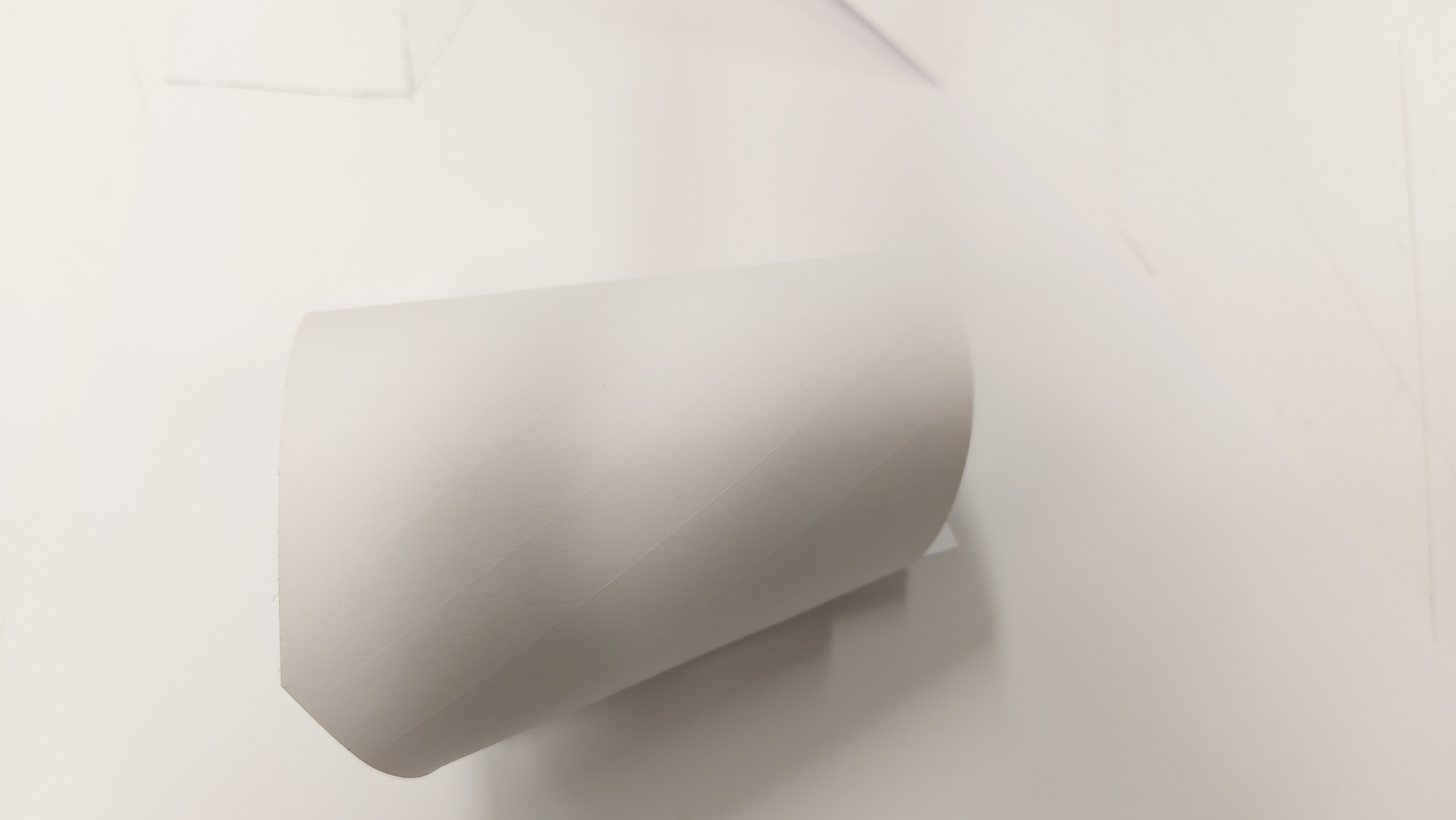
The Paper Manipulation Workshop started with everyone individually used paper folding to create different shapes. I thought it was interesting that I was able to make more sharper folds and flexible folds using this paper and it was a good task to get used to making more abstract forms.

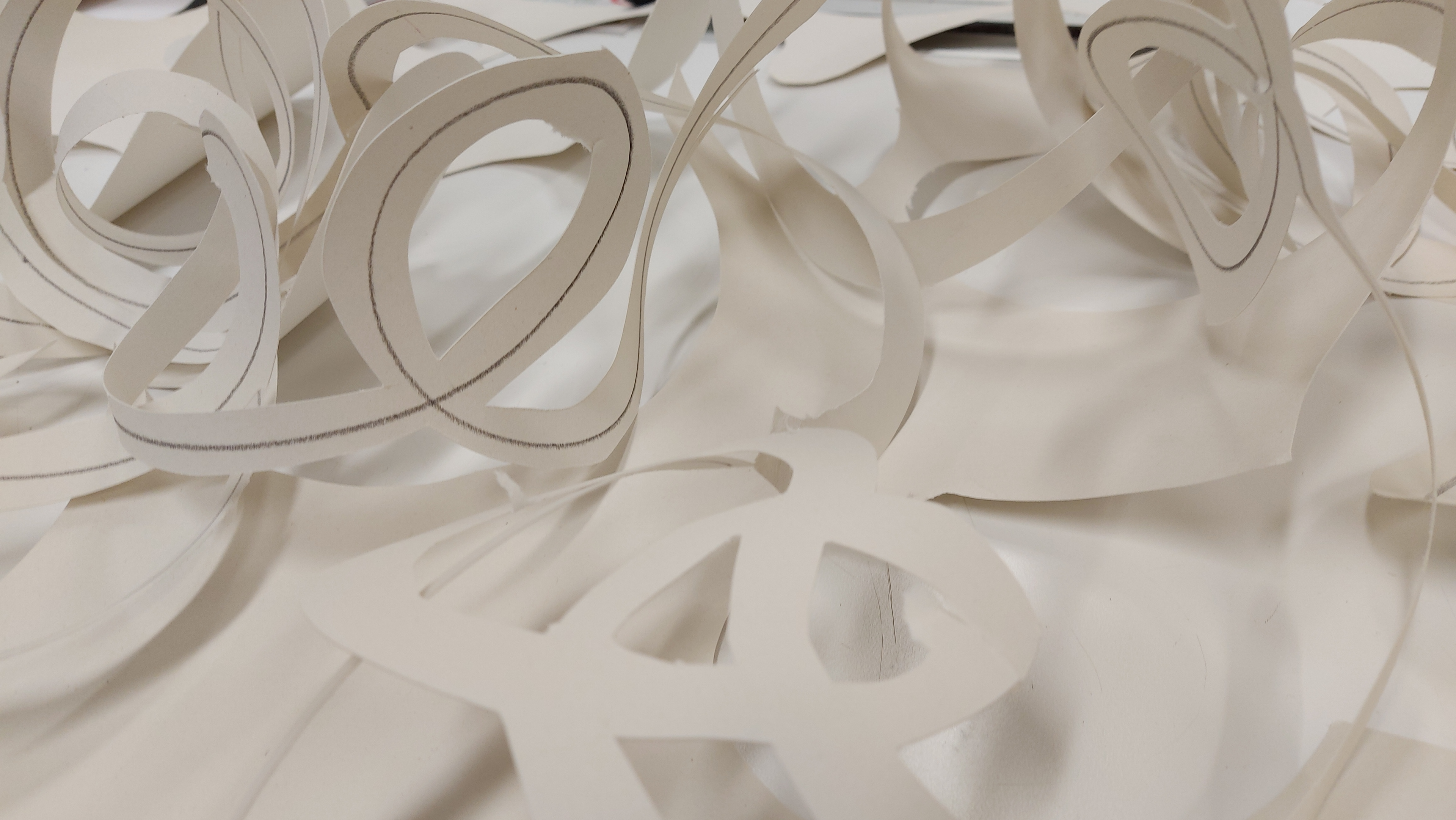
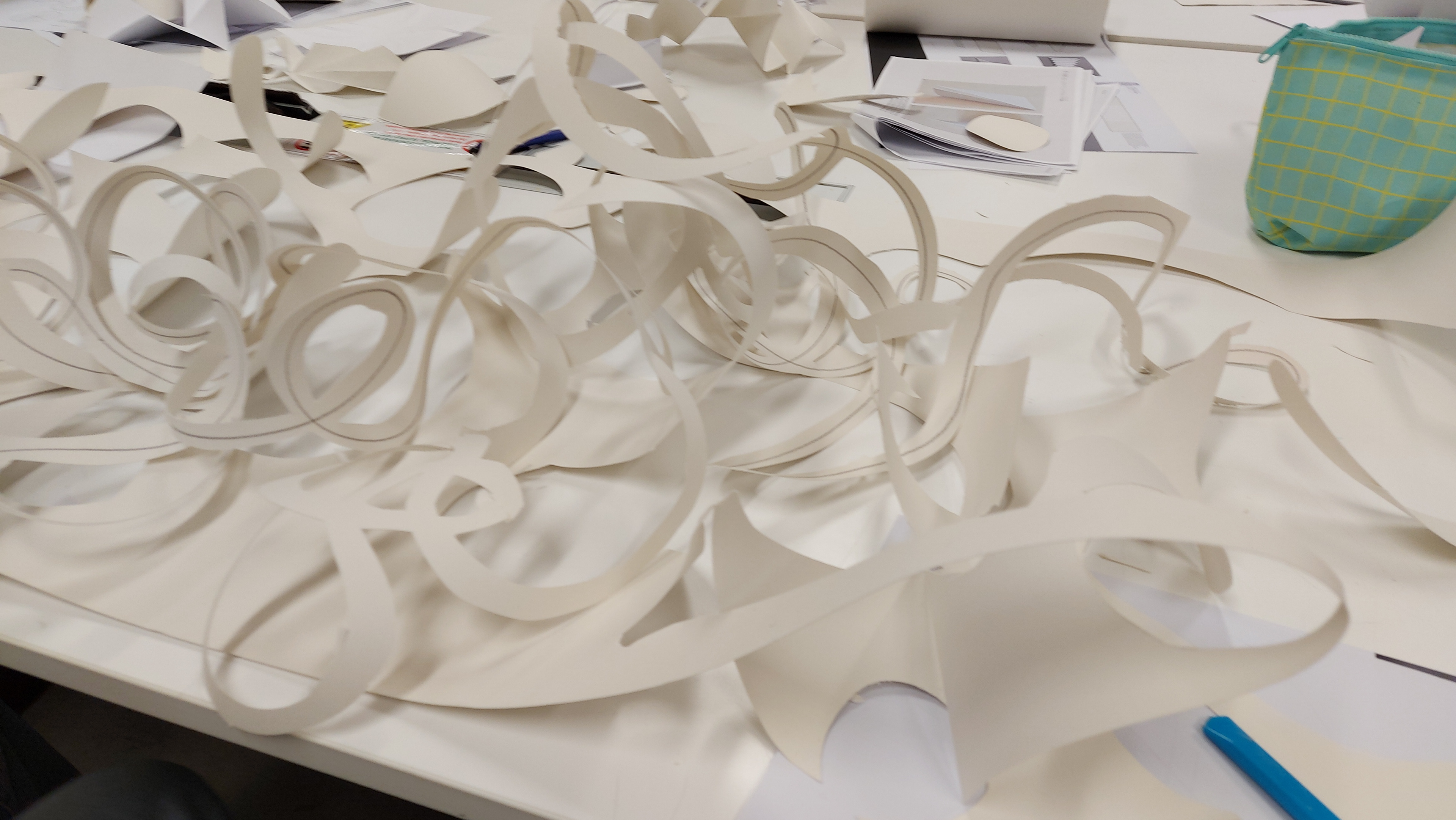
My group and I had to collaborate on a task where we had to work together on a paper manipulation technique. We all cut out a continuous line and shaped it in different ways to see the different forms we could make. Even though we were able to collaborate as a group within this session I feel like we could've collaborated better by talking more about our individual projects and giving each other more feedback on ideas instead of just in one session.
Material Source and The Manchester Craft and Design Centre
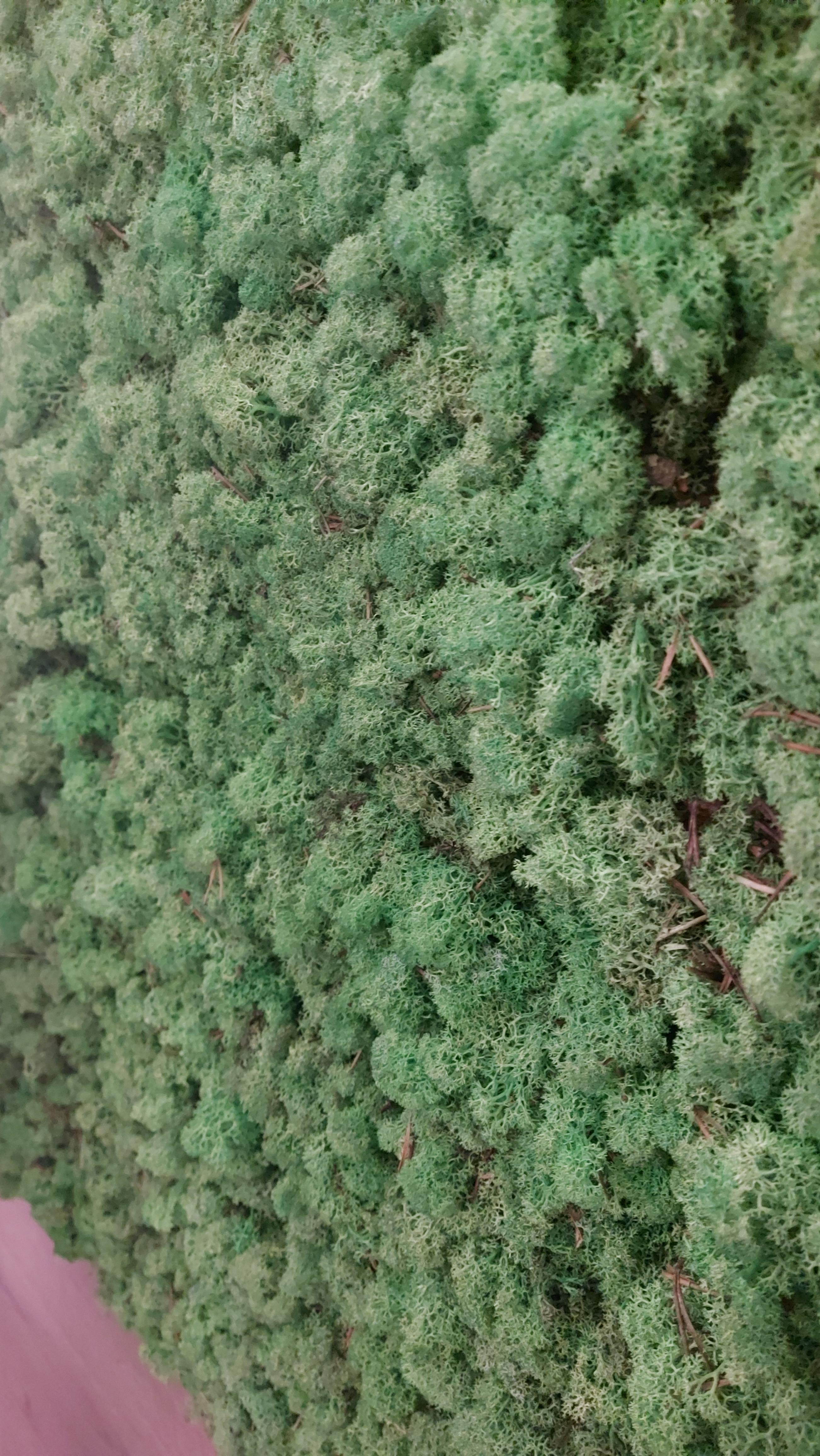
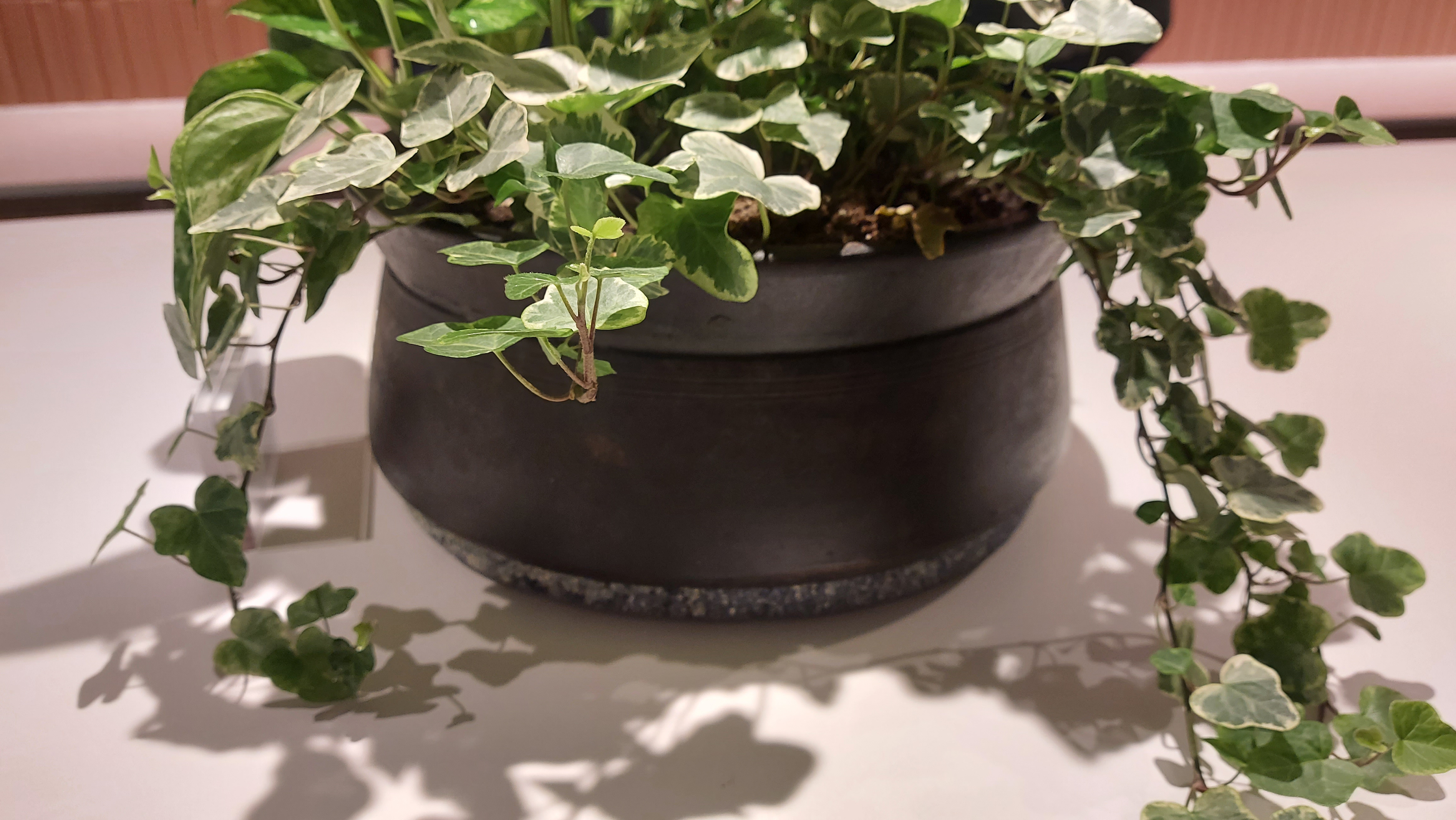

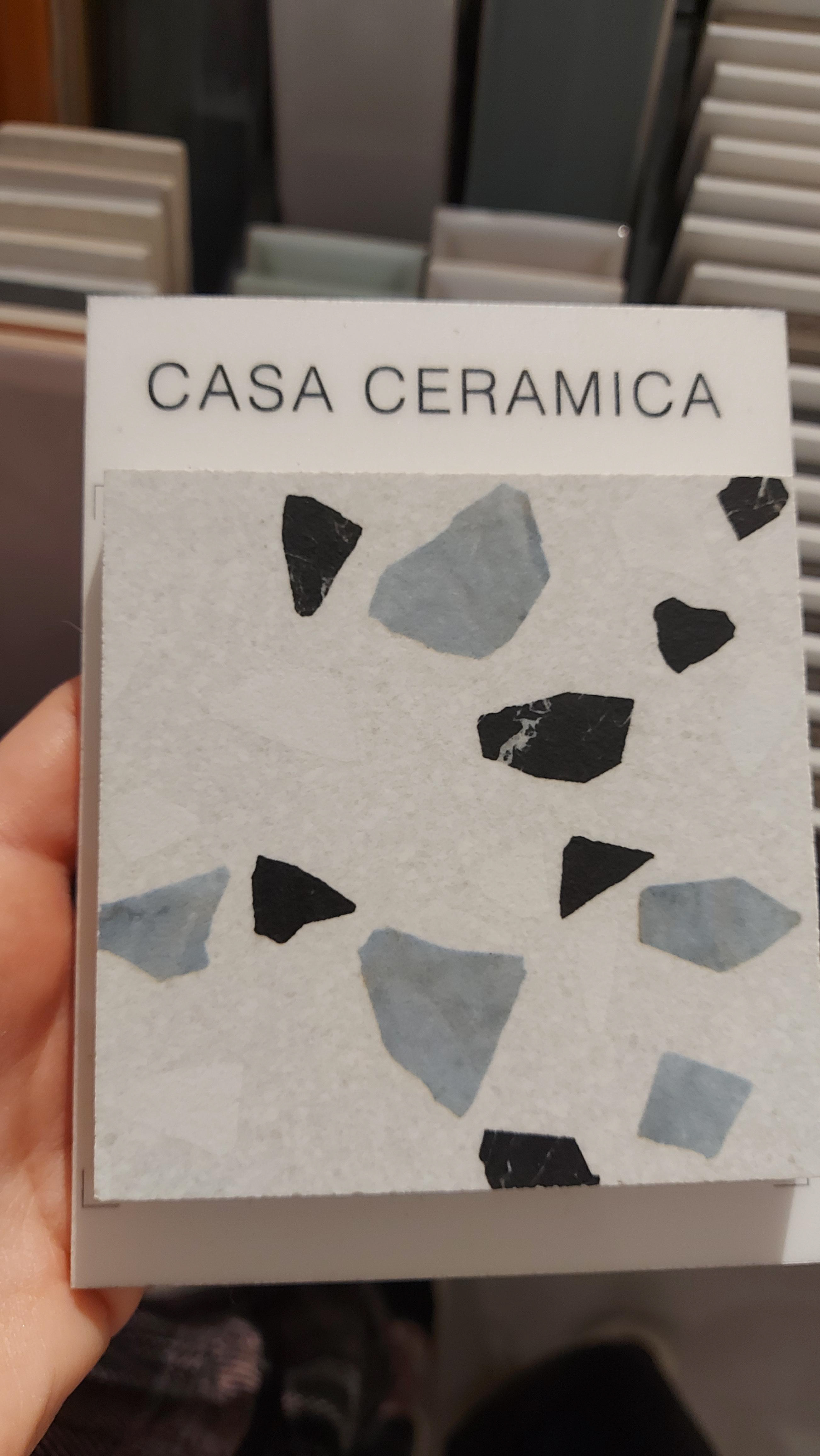
My class went on a field trip to a centre called Material Source which is a collection of different materials to view. These range of materials show different types of materials in different contexts and is there to inspire designers to use materials they might not have thought of or weren't aware of within their own designs. In the collections are samples of different materials and colours as well as small showrooms showcasing colour schemes and materials that go well together. The moss wall was very interesting as I was thinking about using moss in my project and was inspired by how the texture stuck out of the wall. Also there were lots of different types of lighting within the rooms that made me think about how lighting might affect my ceramic pieces.
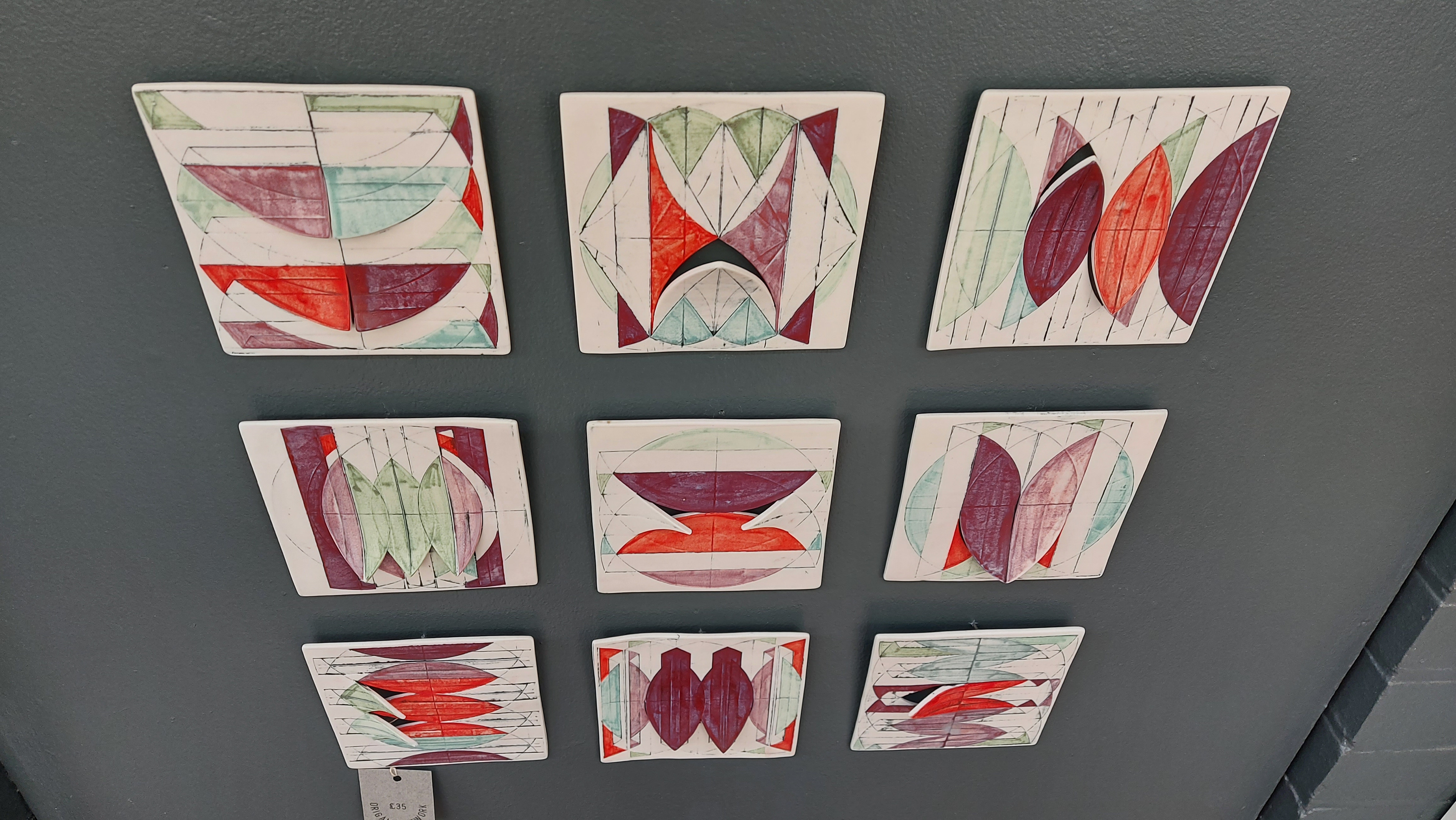
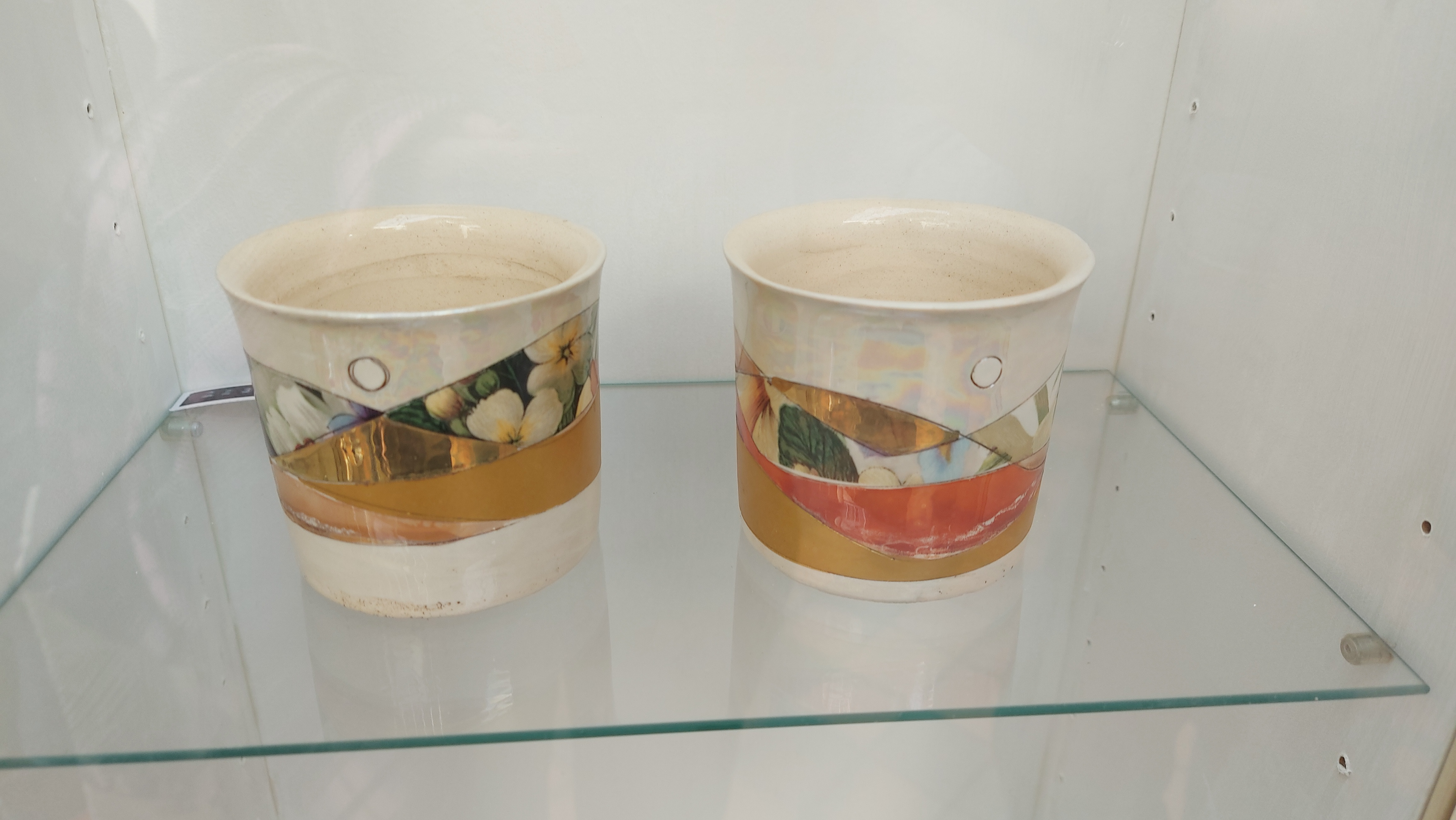
Another field trip that happened during the project was to the Manchester Craft and Design Centre. On display in the centre was a range of businesses selling the gifts using a range of materials including glass, metal, paper, textiles and ceramics. The tiles on the right interested me because I liked how from different perspectives the tiles stuck out at different angles and looking at 3D patterns is something I want to look into when making my final piece. I thought the cups on the right had great colours and had lots of different patterns that flowed into each other. This particularly caught my eye because of the almost reflective shapes within the pieces that catch the light.
Lectures and Talks
Alice Fox did a talk about her work using nature to create materials to make pieces. She made string using daffodil leaves on her plot, garlic leaves and weeds/grasses. She also used natural dyes like onion skins and flowers to add colour to materials and for ink to draw. She emphasised on the importance of considering every material you can even if you haven't gotten to your final outcome. I will try and take this thought and apply it to my making process. What I liked most about the work is that Alice Fox used seasonal plants that were available at the time to create these inks which showed the progression of print books she made throughout the year.
A company that we were able to find out a lot about during the project is Plant Designs. Plant Designs is a company that provides plants for commercial spaces, mostly offices. Having plants in these office spaces means clearer air and noise absorption. The company organise the plant displays which are rented so that the costs of experts looking after these plants fortnightly are covered. Although the task was more focused on plants it made me think about the aesthetic of my teacup and how this will look with other crockery in the cafe.
Another talk from Plant Designs detailed the influence of the plants on offices. Not only does the office have more motivation due to the natural surroundings, but the simple change doesn't take up a lot of space. During the process the designers have to think about space, timeframe, getting the right plants for the right conditions in the office. The company also makes a point of reusing plants for events so that plants aren't wasted when being used for one night.
Another artist/designer that talked during the project was Hannah E Jones, who uses waste to create materials. Bio Marble is a material made out of waste paper and pulp and she has used this material for textile purposes. Jones also uses natural dyes to dye the material and experiments with colour a lot within her work. Within her work Jones has experimented a lot with creating different coloured dyes as well as experimenting with different ways to use her material, this was shown by her presentation which was easy to understand and clearly presented.
Natural Dye Workshop
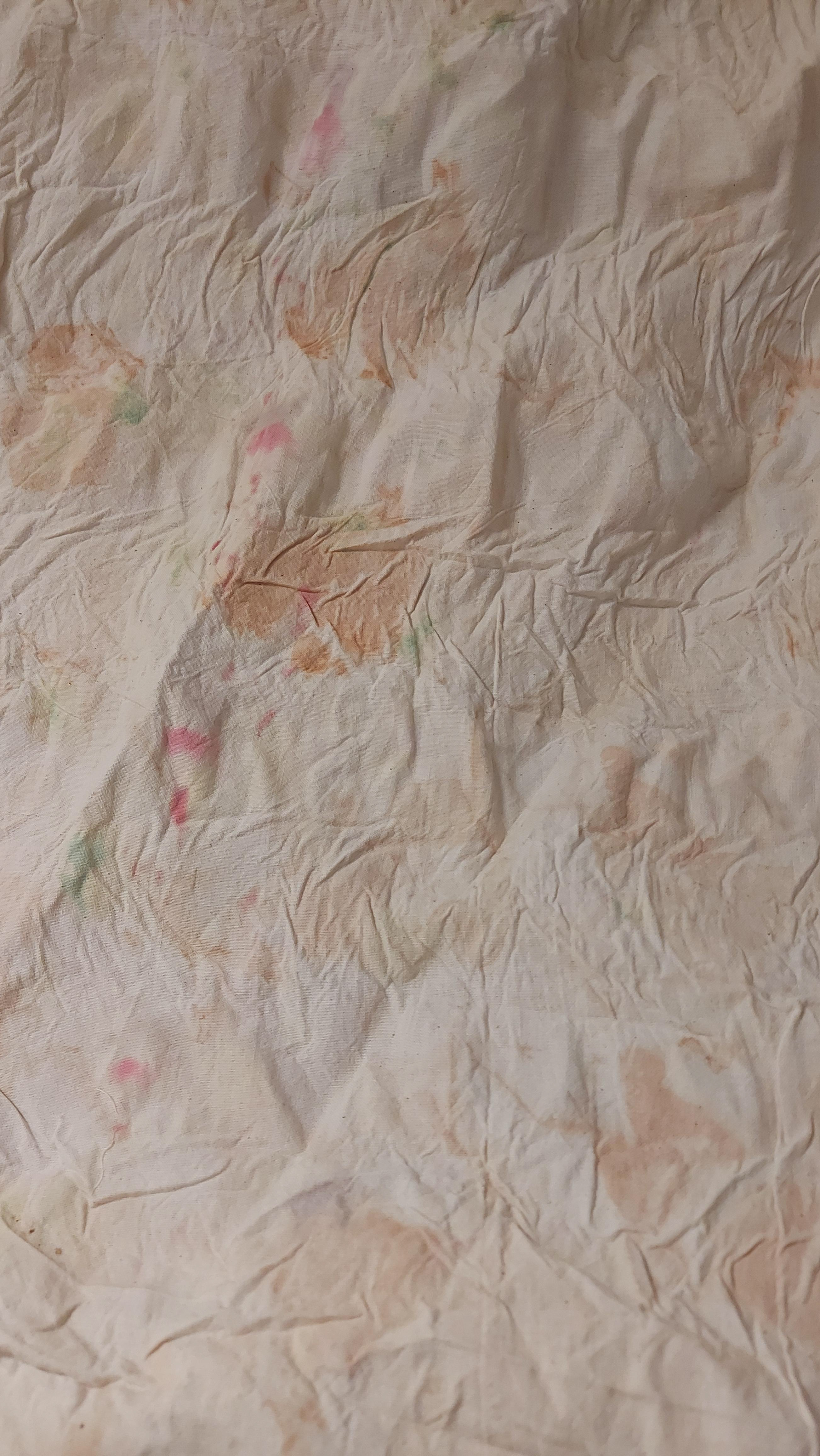
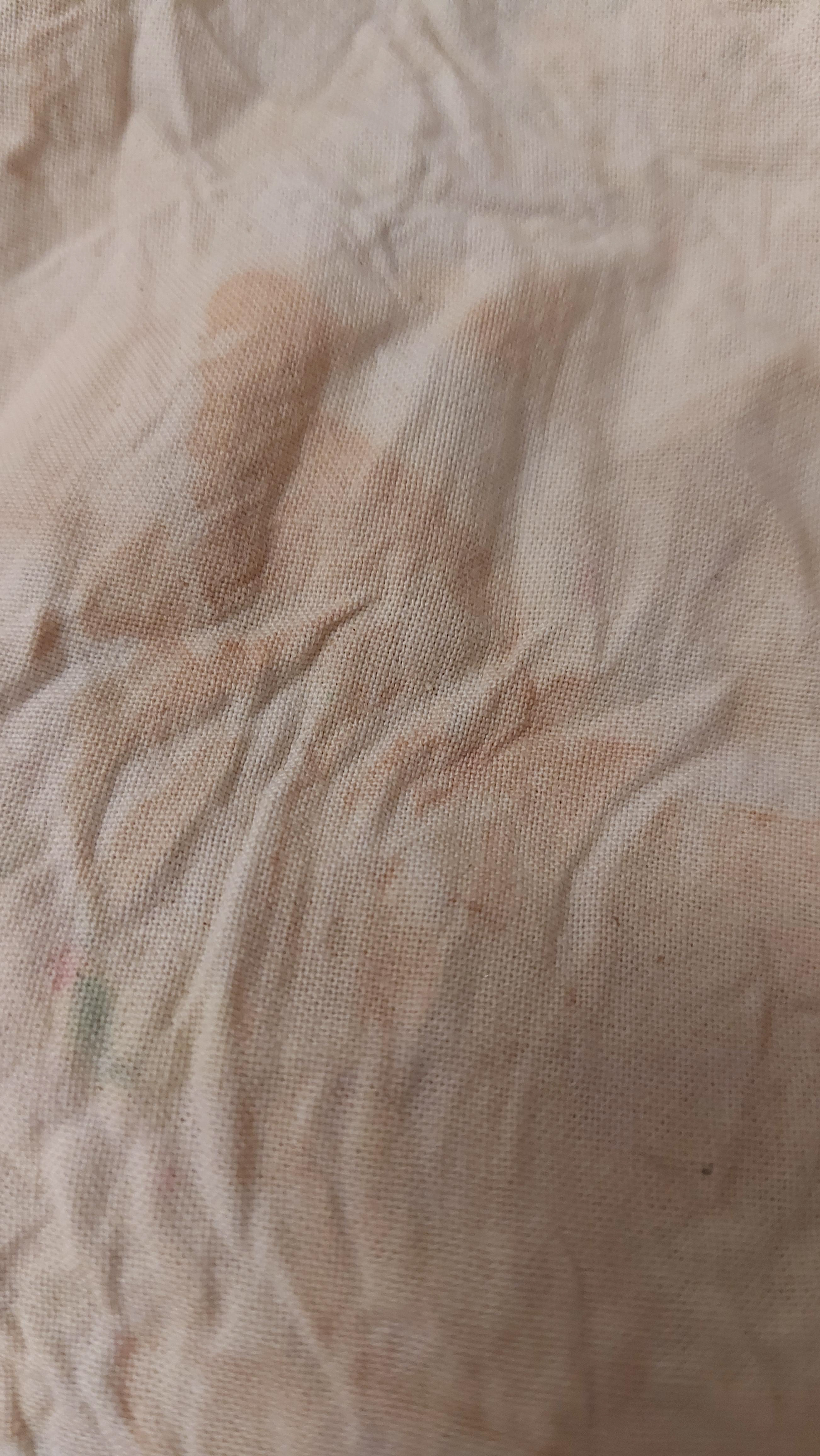

In the natural dye workshop with Hannah E Jones I used onion skin, flowers and leaves to dye the material. The onion skin made light brown marks and the plants made light green marks. There were some interesting shapes made but I would like to see what other natural dyes could show up on the fabric and different colours that could be made.